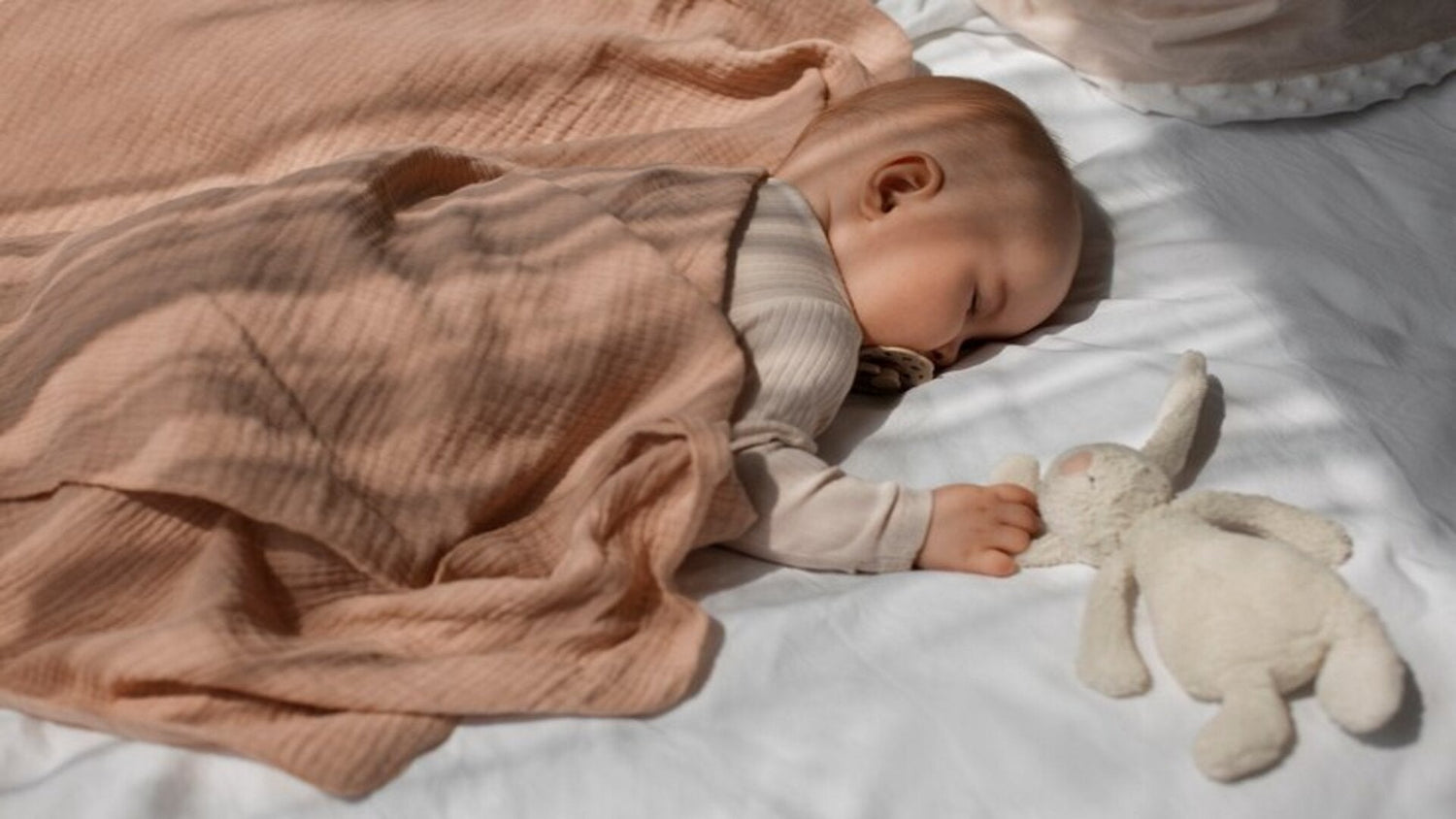
Understanding PURPLE Crying: A Complete Guide for New Parents


Buying a Baby Towel? Here’s what you need to know!

A Comprehensive Guide to Wash Your Baby’s Hair

5 Ways for Managing and Soothing Your Baby's Runny Nose

Mustard Seeds Pillow Benefits: Ideal for Your Newborn's C...

Benefits of Eucalyptus Oil in Baby Products: A Natural Ch...

Newborn’s First 24 Hours: Essential Guide and Tips

Here Are The Best Ways to Treat Diaper Rashes: Home Remedies

The Benefits of Using Dry Sheets in Diaper Changing and S...

Natural Baby Soaps for Chemical-Free Bath Time

How to Use Baby Vapour Rub for Cough Relief

Avocado Oil For Babies: Gentle Benefits Of Nourishing Oil

How to Create a Simple Baby Skincare Routine this Winter

Top Tips for Choosing the Safest and Most Comfortable Bab...

Exploring the Benefits of Lavender Oil for Babies

How to Perform an Abhyanga Massage for Babies

What to Do When Your Baby's Tummy is Upset

How to Soothe Your Newborn's Hiccups

Does Your Baby Need Face Cream? Here's What You Should Know

Baby Loi Ubtan: Traditional & Modern Care for Stylish Moms

Winter Dry Skin in Babies: Why Lotion is a Must-Have This...

The Ultimate Baby Bathing Checklist for Your Baby's First...

Why Talc-Free Baby Powder is a Must for Summer Heat?

The Essential Guide to Perfect Swaddling: Techniques and ...

The Importance of Using a Gentle Comb for Your Baby's Hair

Shishu Abhyanga (Baby Oil Massage): The Ancient Ayurvedic...

A Comprehensive Guide To Choose The best pillow for your ...

Tips to Choose the Best Baby Lotion For Your Newborn

How to Pick Safe Essential Baby Care Products

The Benefits of Using Water Wipes for Your Baby's Delicat...

Baby Bath Ritual: An Essential Ritual for Baby’s Growth &...

Must-Have Baby Essentials for a Safe and Comfortable Monsoon

Dealing with Cradle Cap: Causes, Treatment Options, and P...

Prepare Your Baby for Winter: Tips for Dry Skin Care

A Healthy Night Routine For Your Baby's Good Sleeping Habits

07 Things to Know Before You Buy a Baby Cradle in India

Why Talc-Free Baby Powder Is the Ideal Choice for Infants

Best Ways to Get Rid of Mosquitoes This Monsoon

Common Skin Conditions in Babies: An Expert Guide for Par...

Effective Tips for Managing Bedwetting

The Ultimate Guide to Baby Face Creams

Essential Products for Winter - Your Comprehensive Checkl...

Benefits of Baby Massage for Newborns - A Guide on How to...

Top Summer Baby Care Essentials for Your Little One

The Benefits of Regular Baby Massages - A Parent's Guide

How to Choose the Right Pacifier for Your Baby's Comfort ...

What is the Difference Between Natural Fragrance and Adde...

Which Baby Body Wash Is Right for Your Little One?

Gentle Cleaning: Tips for Using Baby-Safe Liquid Detergent

Essential Tips for a Perfect Beach Day with Kids this Summer

5 Must-Know Tips For Your Baby’s First Winter
As new parents, one of the greatest gifts you can give your baby—and yourselves—is the gift of good sleep. Creating the perfect sleep space for your baby is about more than just aesthetics; it's about fostering a safe, comfortable, and soothing environment that promotes sleep. From choosing the right sleeping gear to establishing a cosy bedtime routine, this guide will help you understand the essentials of setting up a nurturing sleep space for your little one. Incorporating key elements such as how to make baby sleep, ensuring the baby's sleeping position is safe, sleep training baby techniques, and the art of swaddling baby for sleep, we aim to provide you with the knowledge to enhance your baby's sleep quality.
As your baby grows, transitioning from a bassinet to a crib is a natural step. Make this transition gradually, starting with naps in the crib to familiarize your baby with the new sleep environment.
Keep in mind every baby is different, so what helps one baby sleep might not help another the same way. Be patient, and don't hesitate to adjust your approach as you learn what makes your baby sleep most peacefully. With love, care, and attention to detail, you can create a haven that supports your baby's sleep needs, laying the foundation for healthy sleep habits that can last a lifetime.

